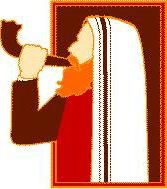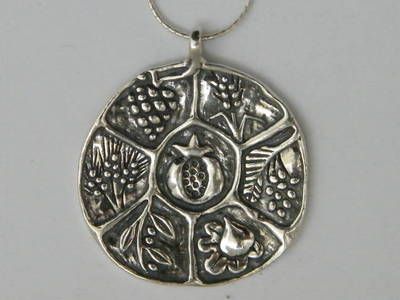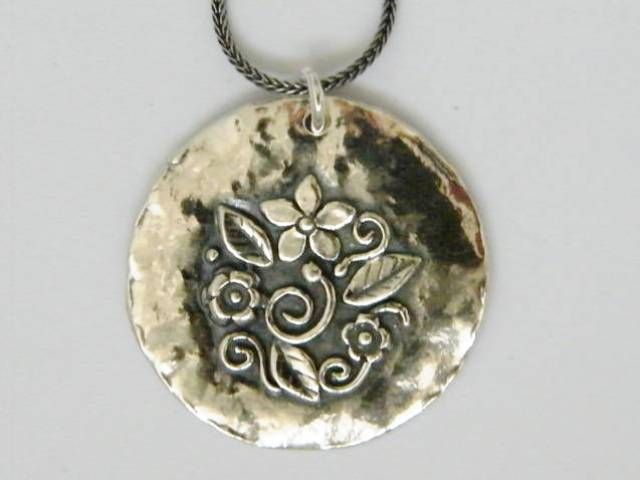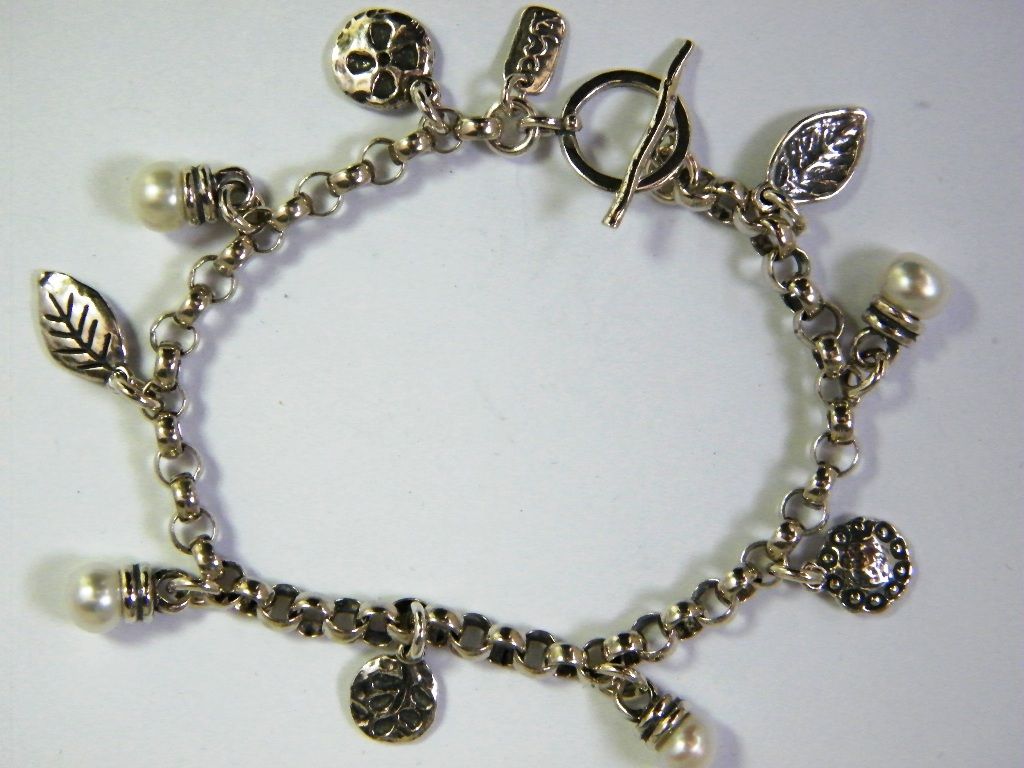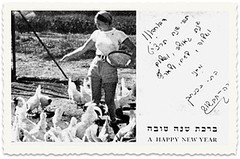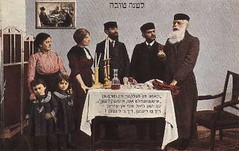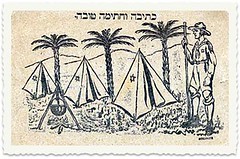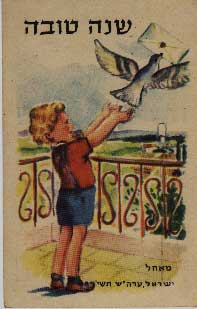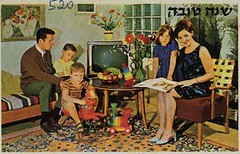Happy Jewish New Year - le Shana Tova
Published: Mon, 09/03/12
| Shana Tova - Happy Jewish New Year |
|
Bluenoemi's Specials #14
Shana Tova to all our friends!
 Rosh HaShanah is the
Jewish New Year. It falls once a year during the month of Tishrei and occurs
ten days before Yom Kippur.
Together, Rosh HaShanah and Yom Kippur are known as the Yamim Nora'im, which means the Days of Awe in Hebrew. In English they are often referred to as the High Holy Days. We are delighted to offer you a small gift - the Shana Tova coupon - The Jewish New Year Coupon: "happy-shana-tova" for 12% discount on Bluenoemi site.http://www.bluenoemi-jewelry.com Traditions |
Shanot Tovot Greeting CardsSome people choose to send New Year's
greeting cards on Rosh HaShanah. Before the advent of modern computers
these were handwritten cards that were snail mailed weeks in advance,
but nowadays it is equally as common to send Rosh HaShanah e-cards a few
days before the holiday.
So here is our wishing for our readers and friends Shana Tova. We also
want to hope that this will be a good year for Israel the Palestinians
and the Arab neighbours. Neither side will have a good year alone. It
could only be a happy year for both people or it won't be a good year
for the both.
   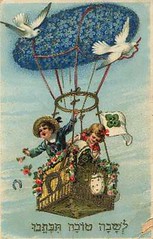 Yom Hakipurim From Wikipedia: Yom Kippur (Hebrew: ˈjom kiˈpur ), also known as the Day of Atonement, is one of the holiest days of the year for Jews. Yom Kippur is the tenth day of the month of Tishrei. According to Jewish tradition, God inscribes each person's fate for the coming year into a book, the Book of Life, on Rosh Hashanah, and waits until Yom Kippur to "seal" the verdict. During the Days of Awe, a Jew tries to amend his or her behavior and seek forgiveness for wrongs done against God (bein adam leMakom) and against other human beings (bein adam lechavero). The evening and day of Yom Kippur are set aside for public and private petitions and confessions of guilt (Vidui). At the end of Yom Kippur, one considers one's self absolved by God. The Yom Kippur prayer service includes several unique aspects. One is the actual number of prayer services. Unlike a regular day, which has three prayer services (Ma'ariv, the evening prayer; Shacharit, the morning prayer; and Mincha, the afternoon prayer), or a Shabbat or Yom Tov, which have four prayer services (Ma'ariv; Shacharit; Musaf, the additional prayer; and Mincha), Yom Kippur has five prayer services (Ma'ariv; Shacharit; Musaf; Mincha; and Ne'ilah, the closing prayer). The prayer services also include a public confession of sins (Vidui) and a unique prayer dedicated to the special Yom Kippur avodah (service) of the Kohen Gadol in the Holy Temple in Jerusalem. As one of the most culturally significant Jewish holidays, Yom Kippur is observed by many secular Jews who may not observe other holidays. Many secular Jews attend synagogue on Yom Kippur--for many secular Jews the High Holidays are the only recurring times of the year in which they attend synagogue,[1]--causing synagogue attendance to soar, and almost two-thirds fast Listen and look: Unetane Tokef Prayer    | ||||||||
|
| ||||||||
| ||||||||
Email Template powered by AWeber |


